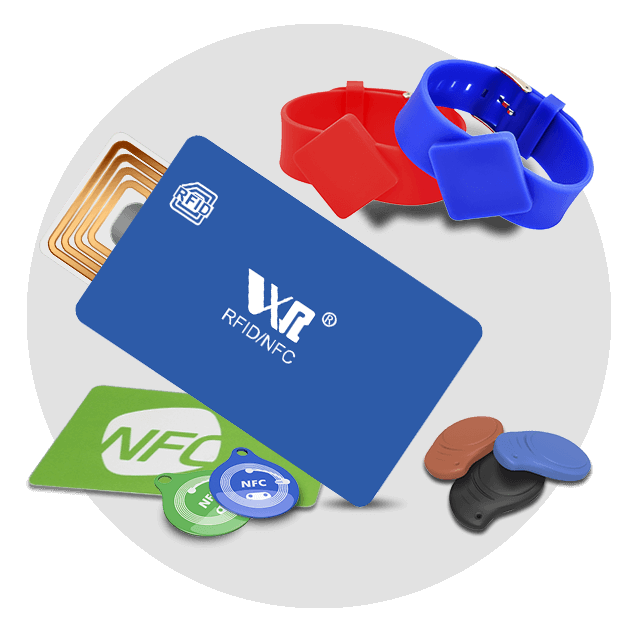RFID cards have evolved significantly over the years, thanks to advancements in Integrated Circuit (IC) technology. This article delves into the history of RFID cards and explores how semiconductor manufacturers have played a pivotal role in shaping their capabilities through electronic circuits, microchips, or chips.

The Origins of RFID Cards
Originally developed for military applications during World War II, RFID technology has come a long way. Early RFID cards utilized basic analog circuitry, offering limited functionality. The breakthrough came with the integration of ICs, allowing for more sophisticated data storage, encryption, and faster communication.
IC’s Impact on RFID Card Features
Semiconductor manufacturers design and manufacture ICs that form the core of modern RFID cards. These electronic circuits enhance the cards’ capabilities, enabling features such as longer read ranges, increased data storage, and improved security measures. As IC technology continues to advance, RFID cards become more versatile and adaptable to various industries’ needs.
Conclusion
The evolution of RFID cards showcases the synergy between RFID technology and Integrated Circuits. Semiconductor manufacturers’ relentless innovation in electronic circuits has transformed RFID cards into powerful tools for security, identification, and data management. As we embrace the future, we can anticipate further enhancements that will solidify RFID cards’ role in shaping the digital landscape.




